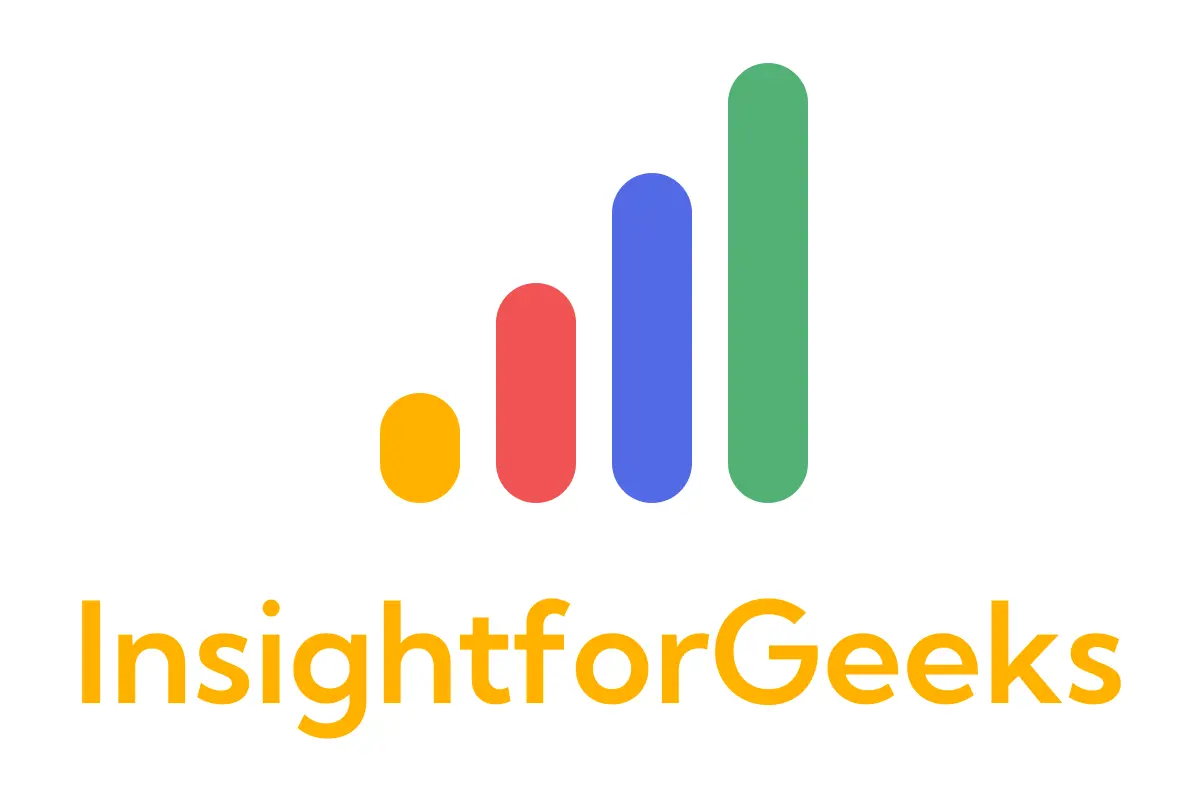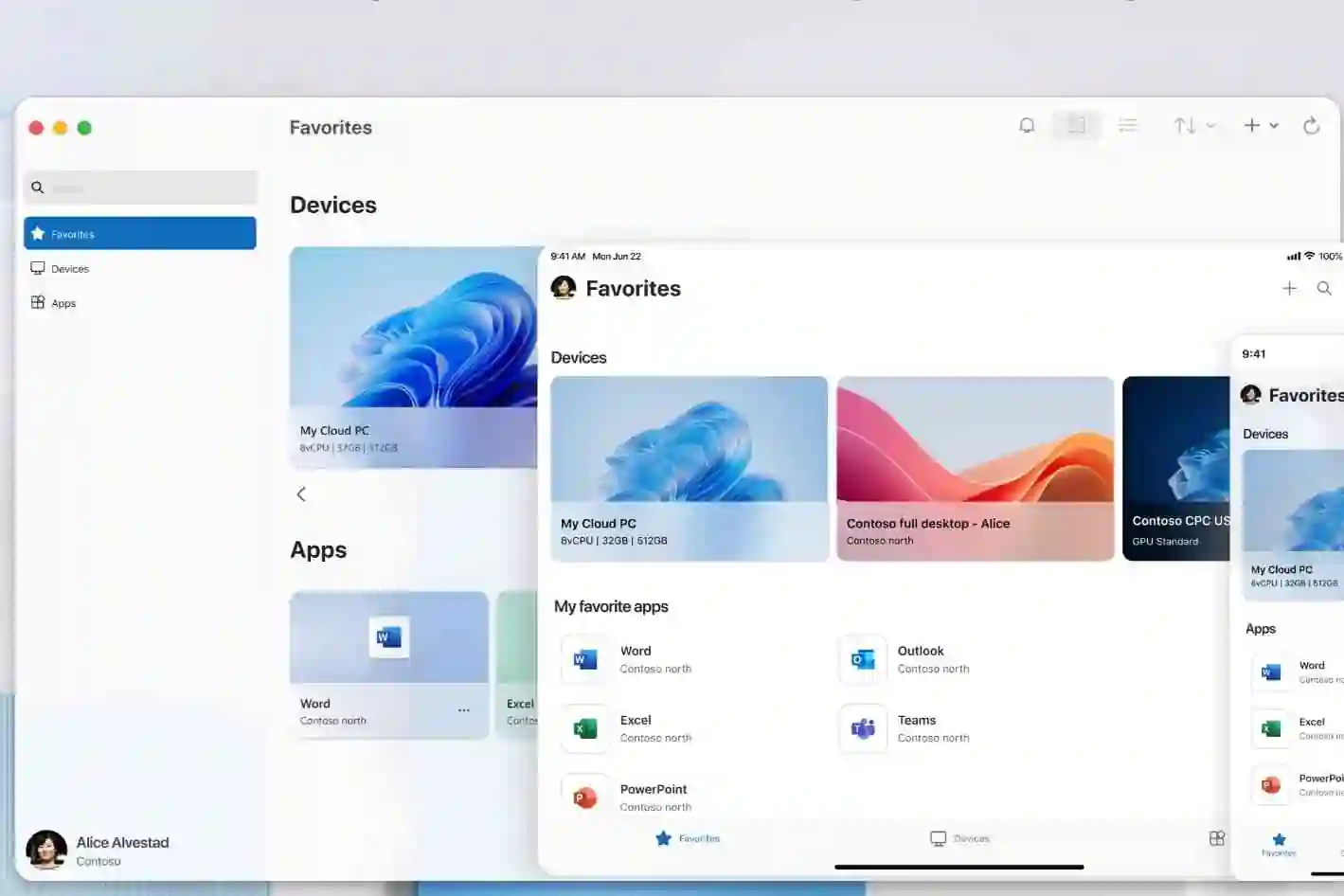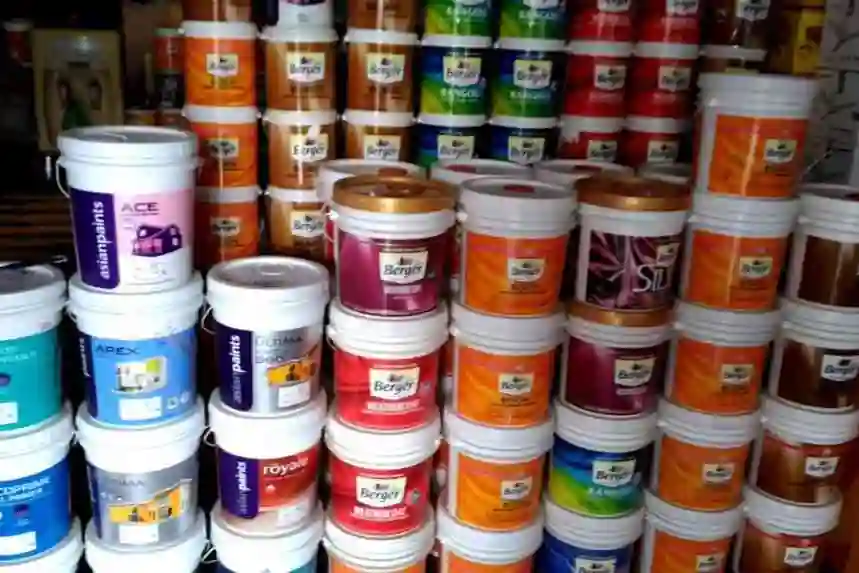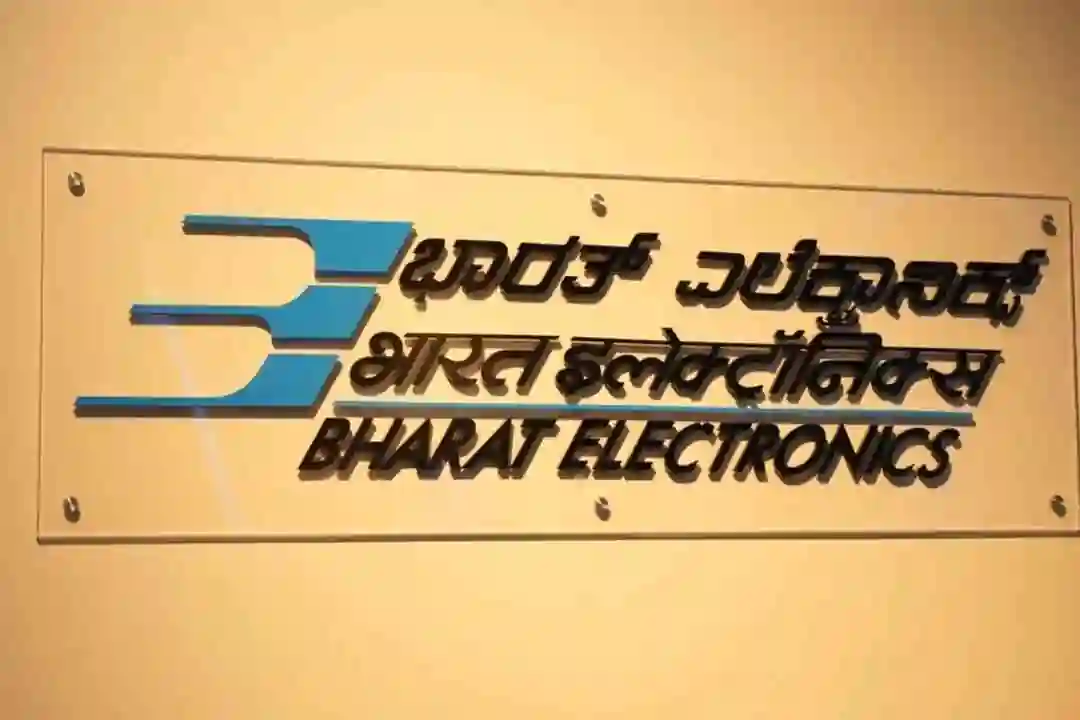Building a scalable Flutter application requires more than just functional code — it demands clarity, consistency, and maintainability.
When your project grows, poor structure or unorganized state management can quickly lead to confusion and slow development.
That’s where this Flutter + BLoC code quality checklist comes in — a practical guide designed to help teams write cleaner, more maintainable, and optimized Flutter code while following best practices for BLoC (Business Logic Component).
Let’s dive in 👇
🔹 1. Project Structure & Organization
A well-organized project structure makes a world of difference. It helps new developers onboard quickly and keeps logic well-separated across layers.
✅ Best Practices:
- Follow a feature-based folder structure, not layer-based.
- Each feature (e.g.,
auth,home,profile) should be self-contained. - Each feature should have its own:
data/— repositories, data sourcesdomain/— entities, use casespresentation/— pages and widgetsbloc/— business logic components- Keep UI and logic separate:
- BLoC should contain no widgets
- Widgets should contain no logic
- Avoid unnecessary nesting of folders and widget trees.
Example structure:
lib/
└── features/
└── login/
├── data/
├── domain/
├── presentation/
│ ├── pages/
│ └── widgets/
└── bloc/
🔹 2. BLoC Best Practices
BLoC is a powerful pattern — but only if it’s used correctly. Keeping your states predictable and your logic pure ensures your app remains stable as it grows.
✅ Checklist:
- All Events and States must be immutable (
@immutable). - If using Dart 3, prefer sealed classes for state and event definitions.
- Avoid placing UI logic in BLoC (e.g., navigation, snackbars).
- Emit states only when something actually changes — no redundant emits.
- Dispose of BLoCs properly when no longer needed.
- Keep event-to-state transitions pure and predictable.
- Don’t overload one BLoC with too many responsibilities — split by feature when complexity grows.
💡 Pro Tip: Use one BLoC per logical feature, not per screen.
🔹 3. UI & Widget Code
Clean UI code is just as important as business logic. Use smaller, composable widgets that are easy to test and maintain.
✅ Checklist:
- Prefer StatelessWidget wherever possible.
- Break large widgets into smaller reusable components.
- Use the right BLoC widget for the right job:
BlocBuilder: rebuilds UI on state change.BlocListener: handles one-time side effects like navigation.BlocConsumer: when you need both builder and listener.- Avoid deep widget trees; extract sub-widgets for readability.
- Avoid using
setState()when managing UI with BLoC.
🔹 4. Code Readability & Maintainability
Readable code isn’t just prettier — it’s cheaper to maintain. A few consistent rules can make your entire codebase easier to navigate.
✅ Checklist:
- Follow the official Dart style guide (naming, formatting, linting)
- Use Effective Dart rules with packages like
flutter_lintsorvery_good_analysis. - Stick to clear naming conventions:
- e.g.,
LoginEvent,LoginState,LoginBloc. - Use
constconstructors wherever possible. - Add meaningful comments only for complex logic.
- Keep methods short — each function should have a single responsibility.
🔹 5. Performance Optimization
Performance often comes down to how well you manage widget rebuilds and data flow. Optimize early to avoid future headaches.
✅ Checklist:
- Use const widgets to minimize rebuilds.
- Implement Equatable in states for value comparison instead of reference.
- Avoid rebuilding large widget trees — isolate rebuilds using
BlocBuilderorSelector. - Use lazy loading for long lists.
- Cache network results to avoid unnecessary API calls.
- Optimize image assets — compress and cache them efficiently.
🔹 6. Testing
Testing isn’t optional — it’s your insurance policy against regressions. With BLoC, testing becomes easier and cleaner.
✅ Checklist:
- Write unit tests for event-to-state transitions.
- Mock repositories and dependencies for isolated testing.
- Add widget tests for critical UI screens.
- Maintain high coverage for core business logic.
🔹 7. Dependency Management
As your app grows, dependency management can make or break maintainability.
✅ Checklist:
- Keep all dependencies up to date.
- Use Dependency Injection (DI) tools like
get_itorinjectable. - Avoid using global variables for state or services.
- Use interfaces or abstract classes for repositories and APIs to improve testability.
- Keep layer coupling minimal — the UI shouldn’t depend directly on the data layer.
🔹 8. Documentation & Code Review
Consistent documentation and disciplined reviews help maintain long-term code health.
✅ Checklist:
- Add short doc comments to each BLoC, model, and repository.
- Write clear, meaningful commit messages:
feat:for featuresfix:for bug fixesrefactor:for cleanup- Follow this Pull Request checklist before merging:
- ✅ No warnings or errors
- ✅ Tests pass
- ✅ No widget over 200 lines
- ✅ BLoC logic reviewed and clear
🧰 Optional: Team Tooling
Use automation to enforce quality and consistency across your team.
✅ Recommended Tools:
- Linting & Formatting:
flutter format,dart analyze - Complexity Check:
dart_code_metrics - Continuous Integration: Run tests and lints before merging
- Quality Dashboard: SonarQube or Very Good CLI for visual insights
🚀 Final Thoughts
The best Flutter teams don’t just ship code — they ship clean, consistent, and maintainable code.
By following this checklist:
- Your codebase stays organized.
- BLoC logic remains predictable.
- UI stays lightweight and reusable.
- And onboarding new developers becomes frictionless.
Good code is not about perfection — it’s about clarity and discipline.
Start applying these principles today, and your Flutter project will thank you tomorrow.












